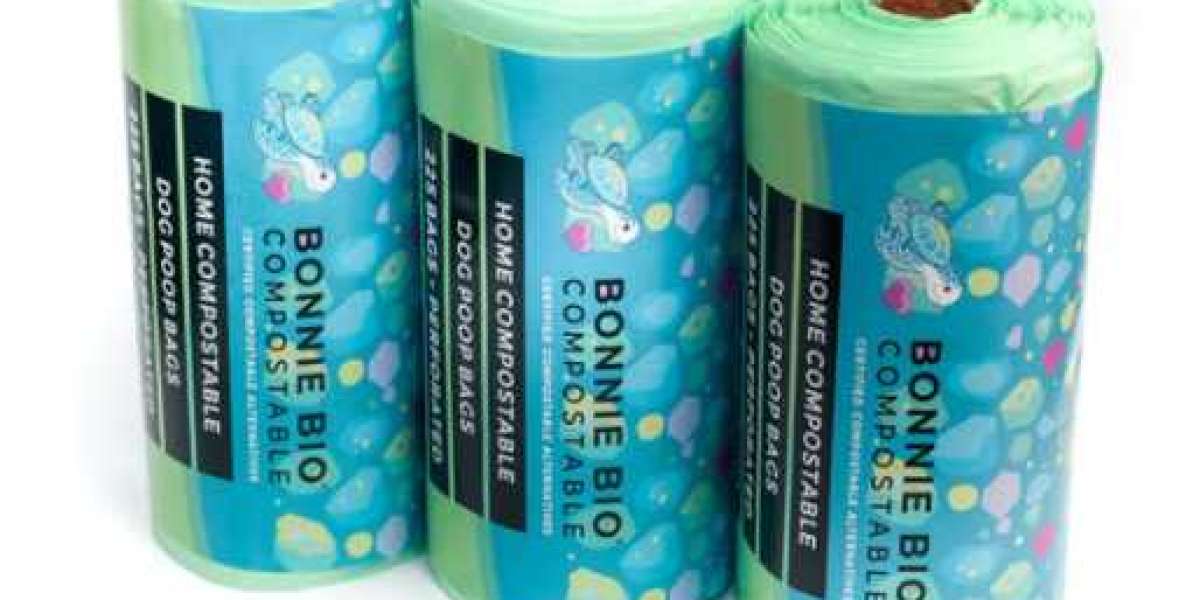In the global pursuit of sustainable and eco-friendly alternatives to single-use plastic, compostable bags have emerged as a promising solution. These innovative bags are designed to break down naturally and safely, significantly reducing environmental harm. In this article, we will delve into the science behind compostable bags and explore how they biodegrade responsibly, leaving minimal impact on our planet.
What Are Compostable Bags?
Compostable bags are a type of biodegradable packaging made from organic materials, such as cornstarch, potato starch, or sugarcane. Unlike traditional plastic bags, which can take centuries to decompose, compostable bags are specifically engineered to break down into natural elements through a process called composting.
The Composting Process
Composting is an organic recycling method that facilitates the decomposition of organic matter into nutrient-rich compost. When compostable bags are exposed to the right conditions – moisture, oxygen, and the presence of microorganisms – they undergo a process known as aerobic decomposition.
During this process, microorganisms like bacteria and fungi consume the organic compounds in the bag, breaking them down into simpler substances. This breakdown yields water, carbon dioxide, and humus, a nutrient-rich material that can be used to enrich soil.
Key Factors for Safe Biodegradation
Several crucial factors influence the safe biodegradation of compostable bags:
- Timeframe: Compostable bags typically break down within several months under optimal composting conditions. The exact time varies based on the bag's material composition and thickness.
- Environmental Conditions: Adequate levels of moisture, oxygen, and temperature play a significant role in facilitating the composting process. Commercial composting facilities provide controlled environments to ensure efficient biodegradation.
- Microbial Activity: Microorganisms, especially bacteria and fungi, are essential for breaking down the complex molecular structures of compostable bags. Balancing the microbial population in compost heaps is crucial for effective degradation.
Compostable vs. Biodegradable: Understanding the Difference
While the terms "compostable" and "biodegradable" are often used interchangeably, they have distinct differences. Biodegradable materials break down naturally over time, but the process might not yield entirely harmless byproducts. On the other hand, compostable materials not only biodegrade but also produce compost, a valuable resource for enriching soil quality.
Environmental Impact and Benefits
The use of compostable bags offers several environmental benefits:
- Reduced Plastic Pollution: By opting for compostable bags, we can significantly decrease the amount of plastic waste entering landfills and polluting ecosystems.
- Lower Carbon Footprint: Compostable bags release fewer carbon emissions during production and decomposition compared to traditional plastic bags, contributing to mitigating climate change.
- Supporting Sustainable Agriculture: The compost generated from these bags can be used to enrich soil, enhancing crop growth and promoting sustainable agricultural practices.
- Encouraging Circular Economy: Compostable bags align with the principles of a circular economy, where resources are reused and returned to nature instead of being discarded after single-use.
Conclusion
Compostable bags provide a promising solution to the growing plastic pollution crisis. Understanding the science behind their biodegradation process is essential for maximizing their environmental benefits. By embracing compostable bags and supporting composting infrastructure, we take a step closer to a cleaner, greener, and more sustainable future for our planet. Together, we can make a positive impact by choosing eco-friendly alternatives that align with the goal of preserving and protecting our environment for generations to come.





